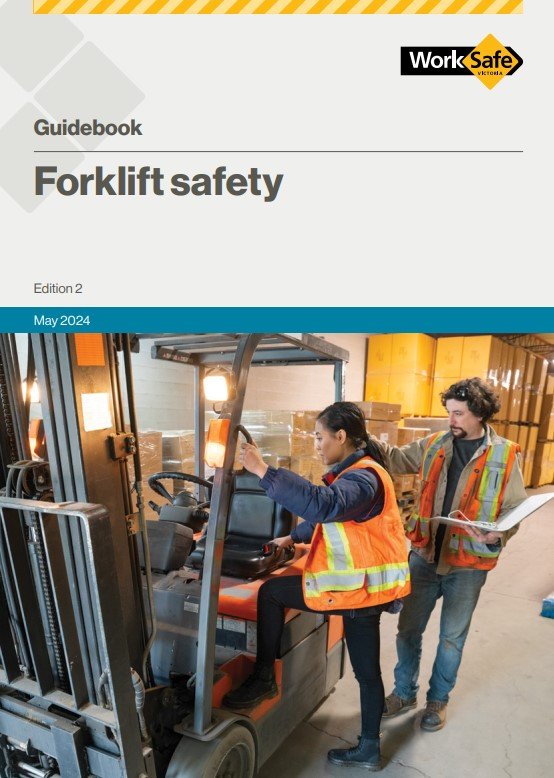Forklift Safety
Forklifts are involved in many serious accidents every year. WorkSafe Victoria reports that since 2019, eight people including three pedestrians have been killed in forklift incidents in Victorian workplaces.
In the past 12 months, Victorian courts have imposed more than $2.4 million in fines and enforceable undertakings across 16 WorkSafe prosecutions involving forklifts, which included the State's first finalised workplace manslaughter prosecution.
In that case, a stonemasonry business was fined $1.3 million for the manslaughter of a worker who was crushed by a forklift that tipped over on a sloping driveway.
Several days after that fatality, WorkSafe issued a reminder that "forklifts are a hazard and, where reasonably practicable, should be eliminated from the workplace, or substituted with other lower risk load shifting equipment if possible".
Best practice companies are seeking to eliminate or minimise forklifts wherever possible. For example, using walkie-stackers, trolleys, or robots.
Importance of Forklift Exclusion Zones
Where forklifts cannot be eliminated, consider totally separating forklifts from pedestrians with solid barriers, or at least; temporary barriers, line marking and strictly enforcing driver safety zones and 3metre pedestrian exclusion zones.
Where employers don’t have pedestrian exclusion zones in place, simple accidents like dropping a pallet from height in a warehouse could be a notifiable incident in Victoria.
Retrofit Forklifts with Safety Devices
New WorkSafe Vic Forklift Safety Guidebook
WorkSafe Victoria's new 56-page Forklift Safety Guidebook provides practical advice on the selection, safe use and maintenance of forklifts.
In the new guide, employers are being urged to retrofit their forklifts, where needed, with safety-enhancing features like sequential interlocking seatbelts, which require the seat belt to be fastened everytime before the engine will start.
The new guidance states that where duty holders cannot eliminate "any" risk associated with their forklifts, they must "reduce the risk so far as is reasonably practicable by: substituting the plant with plant that has a lower level of risk; isolating the plant from people; using engineering controls; and combining any of these risk control measures".
It notes there are many low-cost safety-enhancing features available for forklifts, and employers should consider retrofitting them where reasonably practicable.
These include sequential interlocking seatbelts, which have been specified for new forklifts since 2013, under the relevant Australian Standards.
These prevent forklifts from starting or moving unless the operator is first seated and then buckled in, in that order.
Other safety technologies include:
Pedestrian detection systems with automatic braking;
Cameras and mirrors that monitor both the operator and the area around the forklift;
Perimeter zone warning lights;
Automatic speed reduction zones;
Devices that slow a forklift when the mast is elevated;
Dynamic stability controls;
Impact monitoring sensors;
Labels that indicate the mast height at which the forklift's capacity changes;
Limit switches or sensors that stop the mast at defined shelf heights; and
Weight sensors to prevent overloading.
WorkSafe Vic Forklift Safety Campaign
WorkSafe Victoria will be conducting inspections state-wide. Inspections will focus on the manufacturing, postal and warehousing sectors (where many forklift-related deaths and injuries occur).

